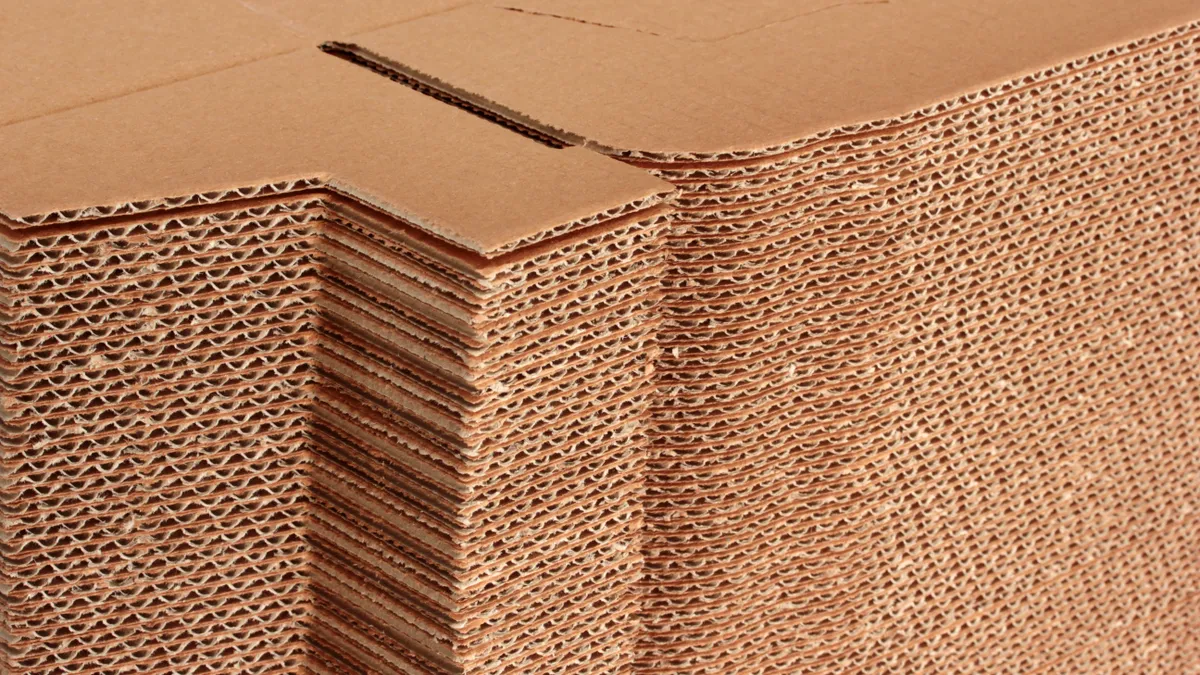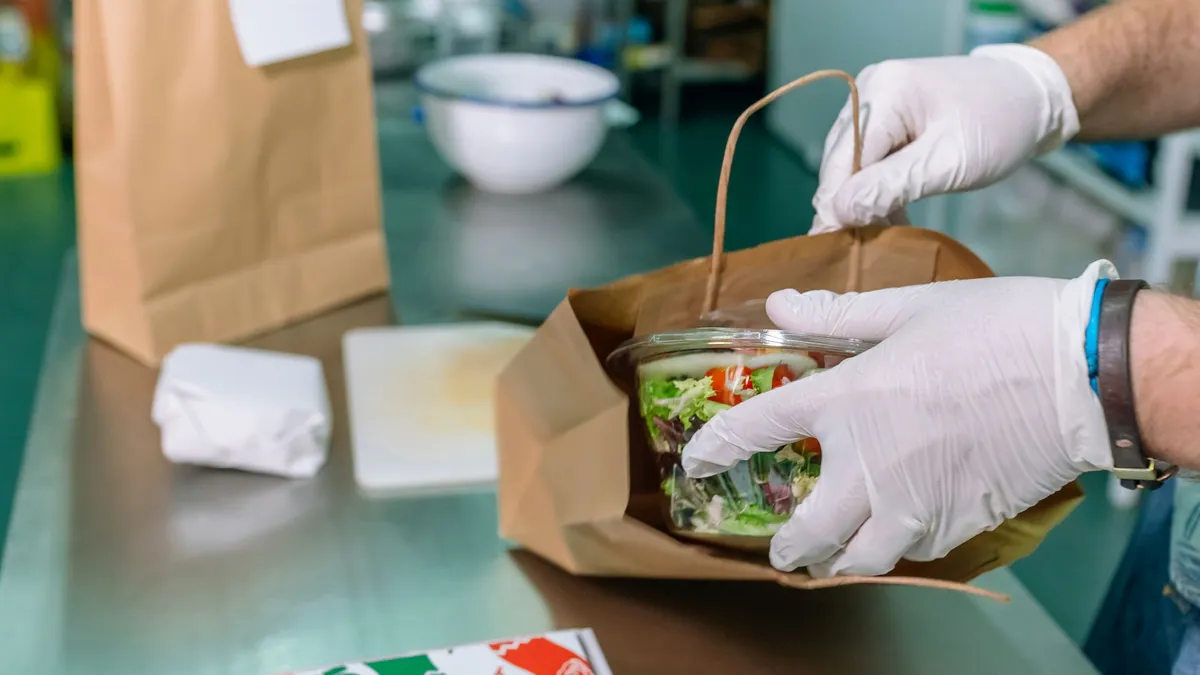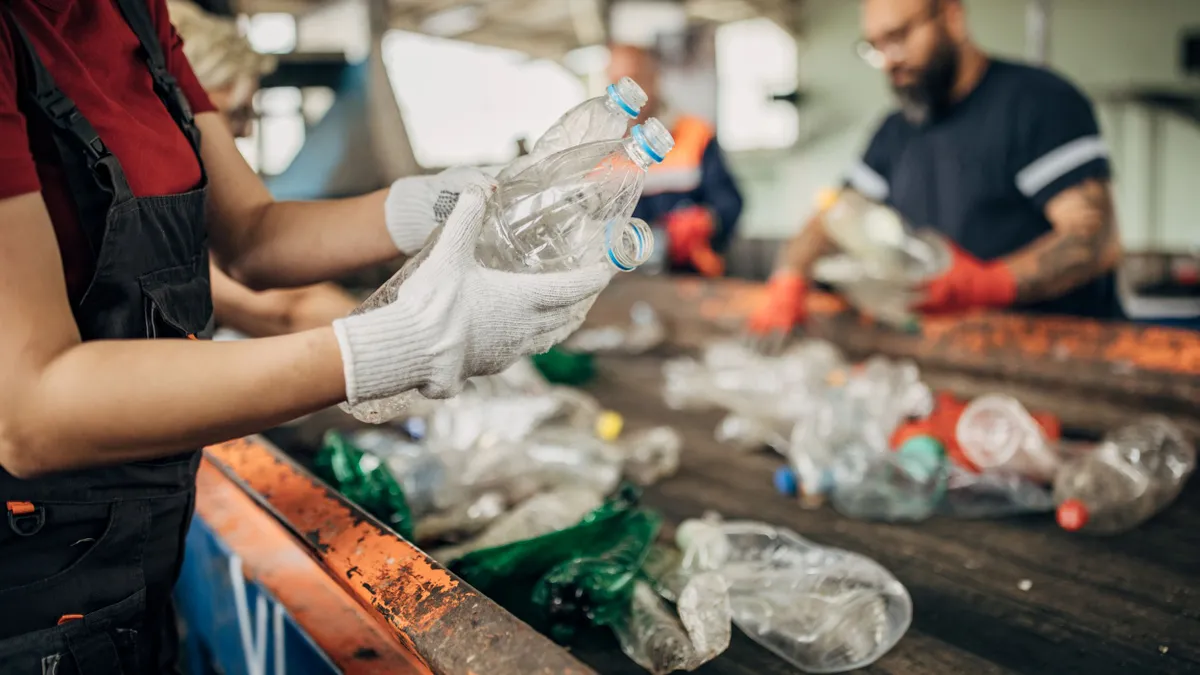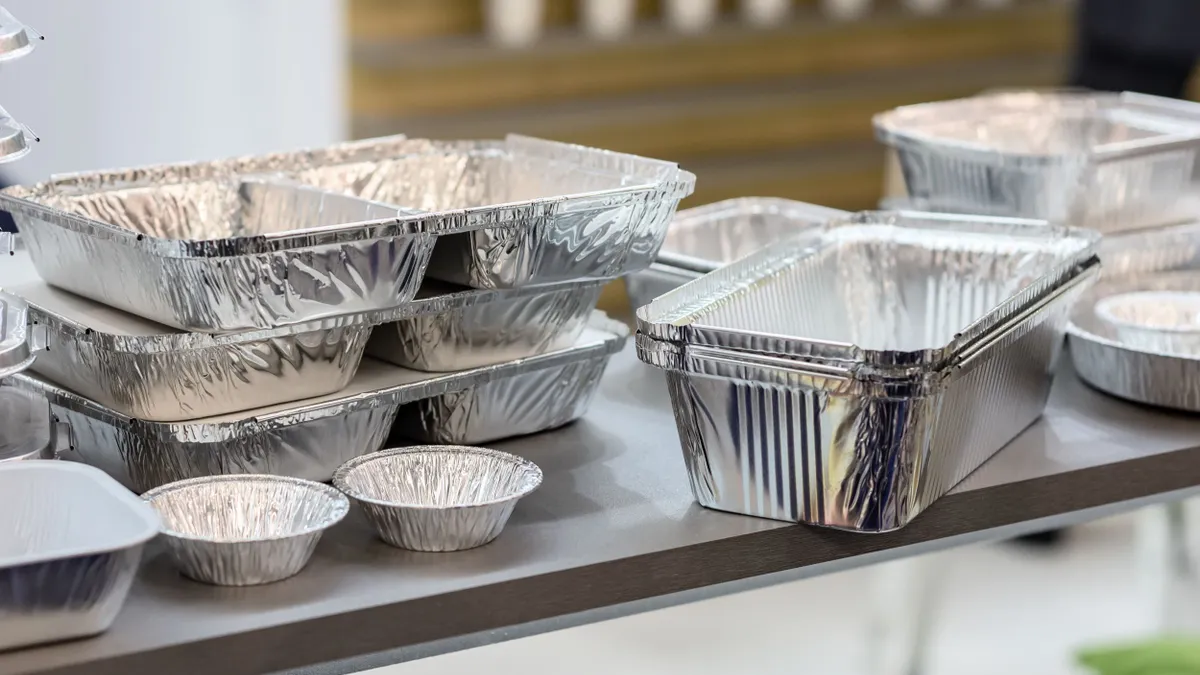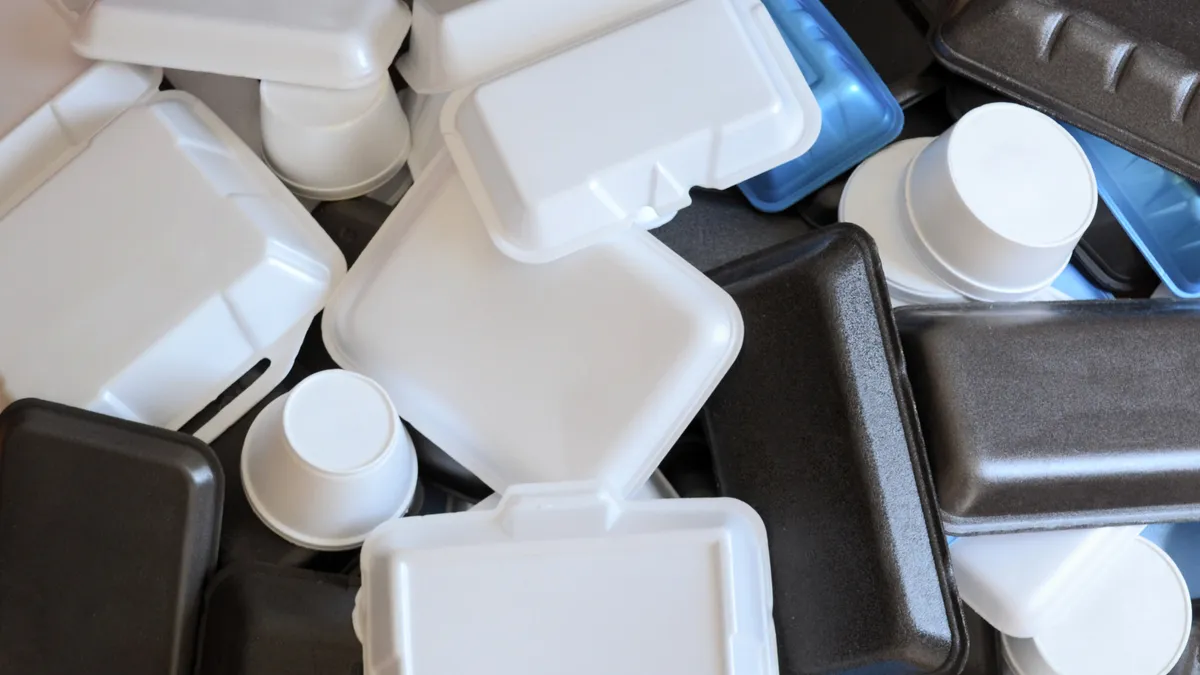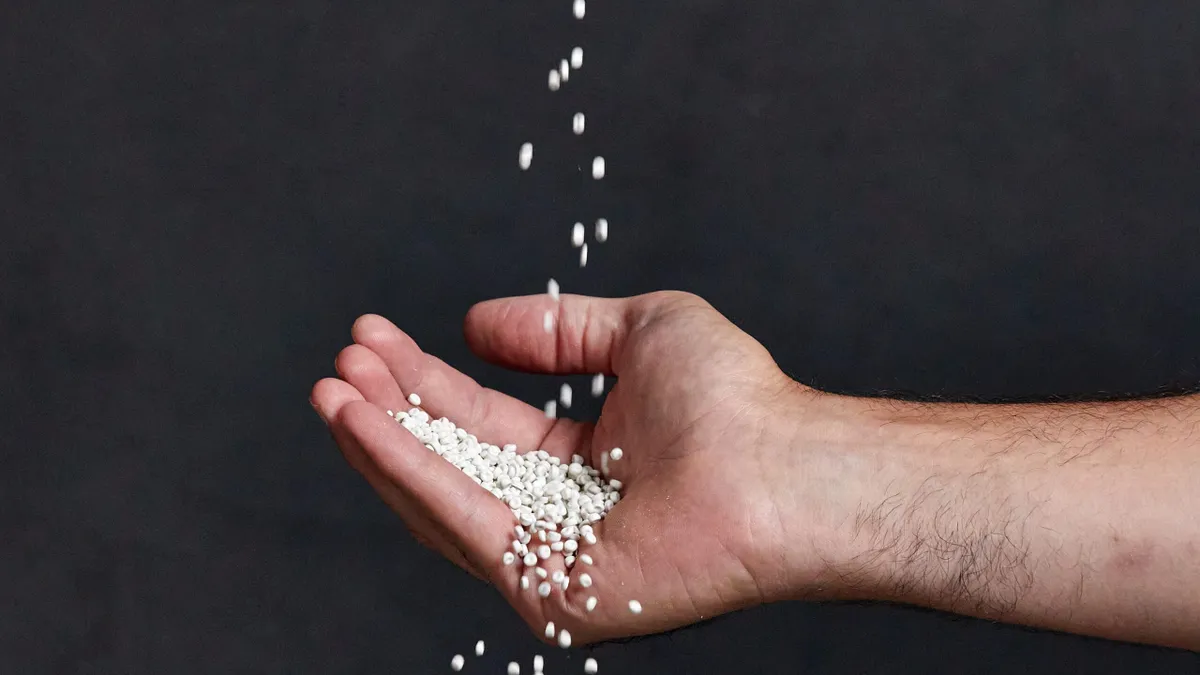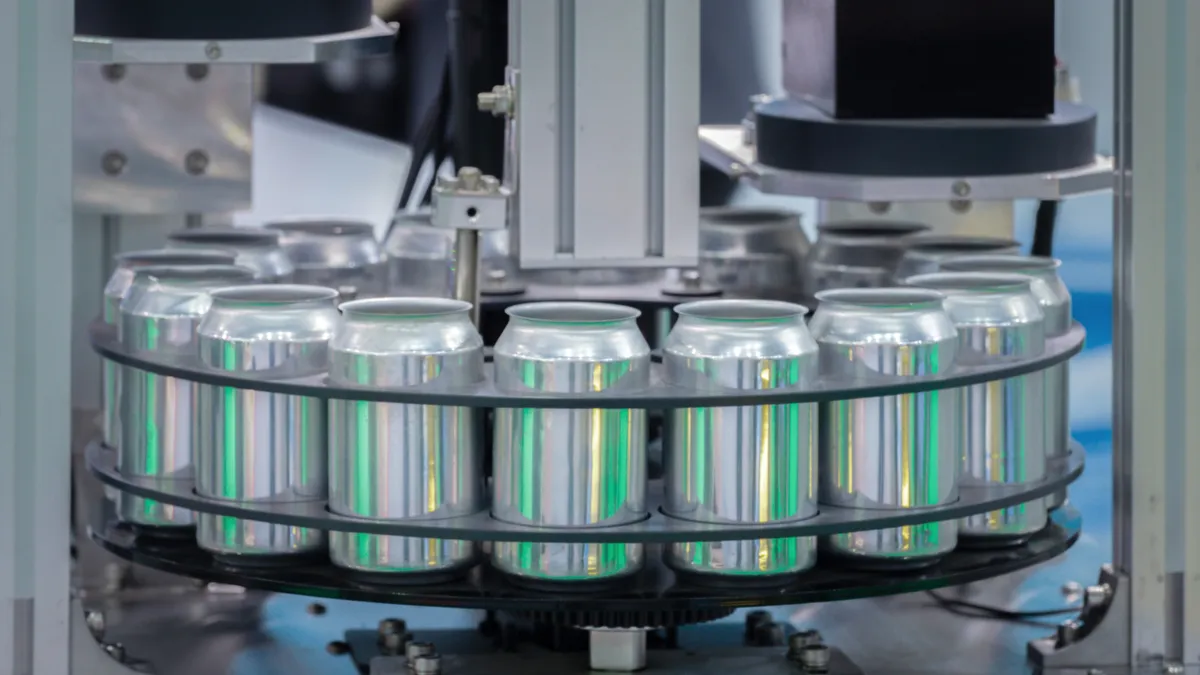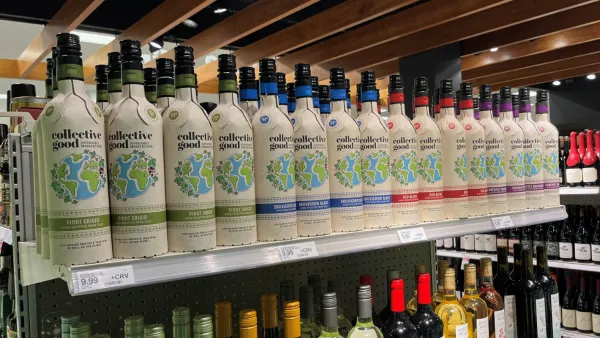The next round of price hikes by fiber board producers could be about to start, analysts project, mirroring the waves of fiber price increases that peppered 2024. This comes as a leading index indicates board pricing didn’t move in April.
This month, containerboard and boxboard prices remained flat sequentially, according to pricing data in Fastmarkets RISI’s Pulp & Paper Week publication on Friday. Current demand also appears mostly unchanged, although “[c]onditions appear to be softer than last fall due to a tariff-related pullback in orders in February and early March and general uncertainty in the market,” said a Truist Securities note to investors on Sunday, citing the Fastmarkets RISI information.
Further, “the typical spring seasonal uptick has yet to materialize” for containerboard, according to Truist. Bloomberg Intelligence noted last week that analysts are watching a similar trend: If the seasonal uptick in box demand does not occur as usual, it could be a harbinger for a potential broader recession, suggested Ryan Fox, corrugated packaging market analyst.
PPW also reported that Graphic Packaging International announced a $40 per ton price increase for coated unbleached kraft and coated recycled paperboard effective May 15, Truist’s memo noted. That could signal the start of another widespread round of boxboard price increases. “[T]ypically other producers follow once an increase has already been announced,” said Michael Roxland, Truist Securities senior paper and packaging analyst, via email Monday.
BofA Securities also mentioned the likelihood of upcoming price increases in the report it released April 16 featuring results from its corrugated box converter survey from March 17 to April 11. The overwhelming majority of survey respondents — 90% — expect the next containerboard price increase to occur this year, with 15% expecting it in Q2, 45% in Q3 and 30% in Q4.
When asked whether a containerboard price hike would be good or bad for their business, 37% said it would be good, which is down from 43% in April 2024 during BofA’s last full box survey. “This potentially reflects concerns about inflation and its impact on broader demand trends,” the report says.
Containerboard and boxboard manufacturers already tried for price increases in January, but Fastmarkets RISI’s index showed price trends in both categories remained flat that month. In February, the index only showed a partial increase for containerboard and none for boxboard. The lack of full recognition prompted industry observers to liken the activity to what occurred in 2024, when containerboard prices partially rose and boxboard stayed put — resulting in manufacturers making multiple attempts at hikes.
Last year, GPI was among the producers that raised prices twice for the grades subject to the new May hike: CUK and CRB. Ultimately, frustration with the index’s lack of price recognition and the idea it doesn’t propertly reflect the market prompted GPI to declare it would eliminate its use of third-party pricing indexes to trigger conditions in customer contracts.
Other companies’ executives also have expressed frustration with Fastmarket RISI’s index. In January, Packaging Corporation of America executives said they planned to move away from it soon. Analysts and other industry professionals also have expressed views about the index not accurately representing the entire industry, because it only covers the open market — which has shrunk to be less than 10% of the total market.
Some industry observers had questioned companies’ initial decisions to raise prices last year when demand wasn’t at levels that typically accompany a hike. On Monday, Fox said that the current market is “really soft.”
Sentiment data suggests demand for some fiber categories may have dipped in the first quarter, largely due to economic uncertainty caused by tariffs. But the full tariff effects likely won’t be realized until at least the third quarter, Roxland pointed out.
Tariffs have the potential to dampen consumer purchasing, which could also drag down paper packaging demand and prices, analysts have said. Further hits to demand could result in producers taking economic downtime or closing additional facilities.
Graphic Packaging International announced this month it is closing its CRB factory in Middletown, Ohio, as of June 1, with intentions to close a recycled paperboard plant in East Angus, Québec, soon. Those actions could help to rebalance supply and demand, especially in light of analysts’ ongoing declarations of an oversupply. A rebalancing could support a price increase. However, GPI also plans to open its new recycled paperboard mill in Waco, Texas, in Q4.
As far as uncoated recycled paperboard, the $50 to $70 per ton price increases that several producers announced in March have just begun to be implemented in the last few days, Roxland said. He further noted that early signs suggest customers generally appear to be accepting those hikes “without issue” and demand appears healthy.
Plus, URB cross-border business with Canada appears to have normalized following a tariffs-driven disruption in March. That being said, Roxland flagged that “customers are reportedly looking to diversify suppliers to mitigate any impact from US or reciprocal tariffs.”



